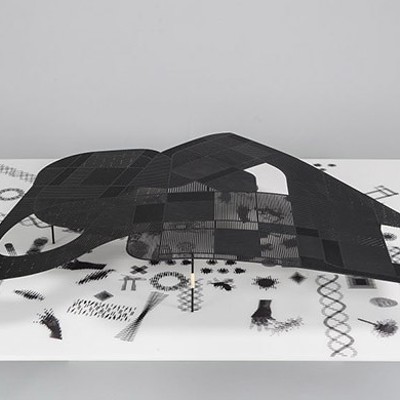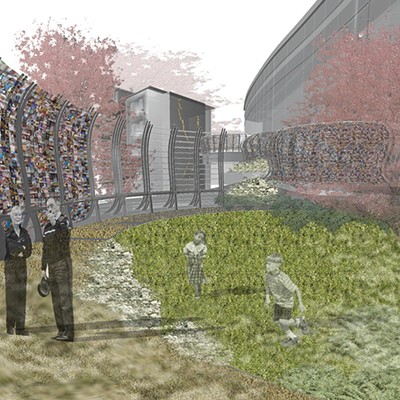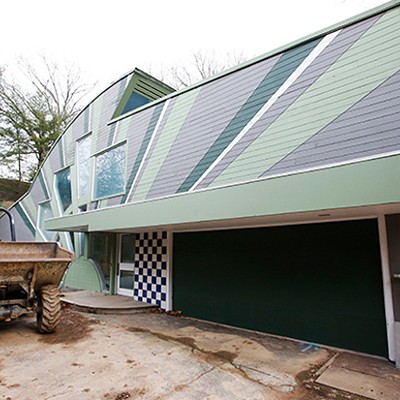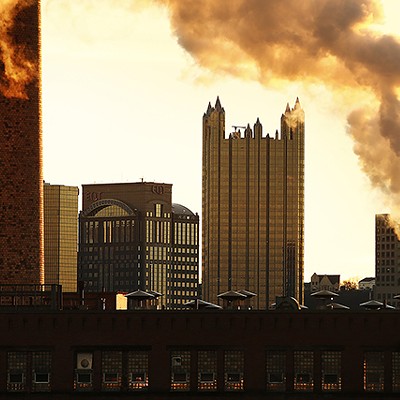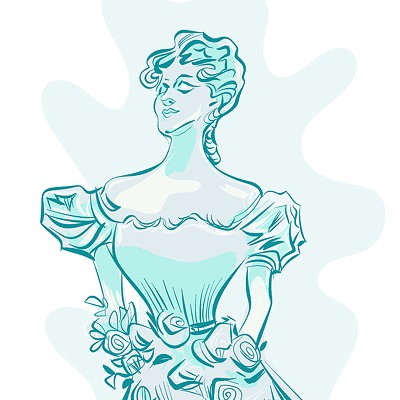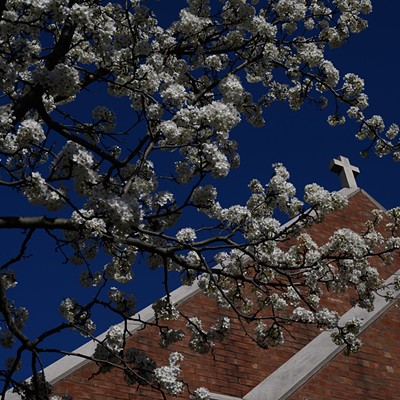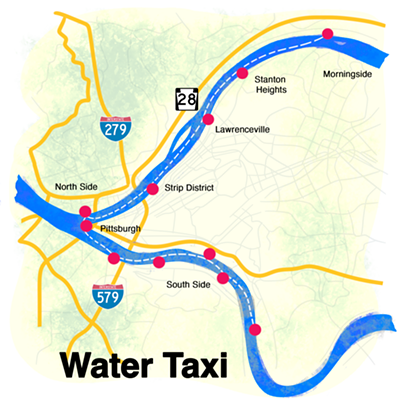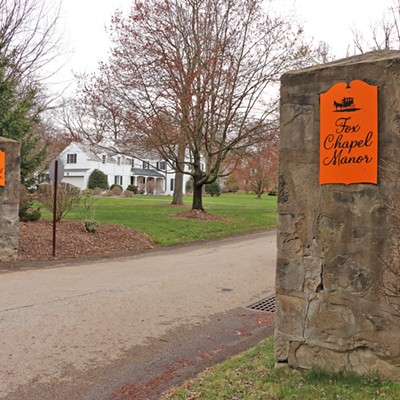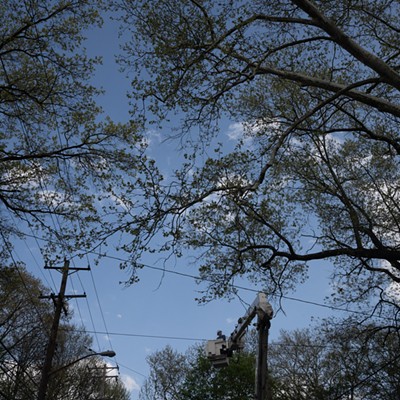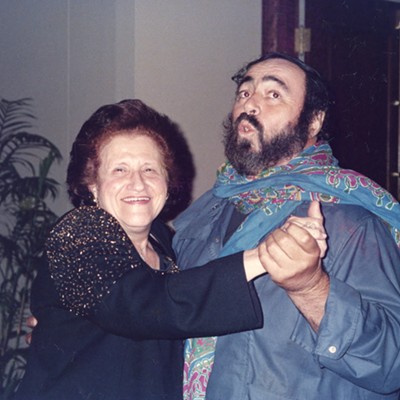Frank Lloyd Wright is in the news again! "Oh, you're not going to dig up that old subject again, are you?" the less enthusiastic might bemoan. "He's been dead since 1959."
Strangely enough, Wright himself was dug up -- in 1986, at the passing of wife No. 3, Olgivanna. She was married to him at the time of his death and one of his longest-standing spouses, and she wanted the architect buried next to her in Arizona, not next to paramour number -- well, the most important one anyway -- in Wright's ancestral home, in Wisconsin. So though Wright had rested in peace for 27 years, they shoveled him out and reinterred him out West. For the time being, anyway.
The odd plight of Wright's earthly remains has an unsettling echo in his buildings, a small but significant number of which can't seem to stay earthbound the way architecture should.
Foremost among these is Wright's San Francisco office, which will be auctioned by Sotheby's of New York around the time you read these words. Many will recall that the office was a Pittsburgh attraction for a time, displayed in the Heinz Architectural Center at the Carnegie Museum of Art. Recently, though, it was put into storage to free more space for changing exhibitions.
The office came into being in 1951, when Wright decided to share rented space with a former apprentice, Aaron Green. The monarchical and paranoid Wright wasn't normally a big sharer, but Green was the only architect who had ever brought Wright commissions instead of trying to steal them. The older architect expressed his gratitude by designing, with Green's aid, a compact but sophisticated and angular plywood interior for a third-floor space on Bush Street in San Francisco. It was a business pied-Ã -terre for Wright when he was on the move in California. In 1988, Green sold the office, which went first to pizza magnate and Wright aficionado Thomas Monahan, before coming to rest, fully reassembled, at the Carnegie.
I should be disappointed that the San Francisco office is moving again. After all, the master's thesis I wrote about it is, if nothing else, the longest piece of writing on this little project. And I certainly hope that it finds a good, publicly accessible home -- perhaps in an institution that wants a short book on the subject.
Really though, I'm intrigued by Wright projects on the move. There are motor homes and tents of all varieties, but architecture is supposed to be permanent. Yet the Pittsburgh area seems like a transit stop for Wright works. We once had our own Wright-designed office for Edgar Kaufmann, built for the Downtown department store, but that was shipped off to the Victoria & Albert Museum in London decades ago. Now, as we're about to ship off another Wright project, a different one is about to arrive. Edge Studios recently announced that they are the architects helping move a Wright house from Illinois to a Johnstown site whose exact location is still notably indeterminate.
Previously, a Wright design for an apartment building made a huge splash at the 2002 Home & Garden show. Wright had also produced a design for Edgar Kaufmann to build a wedge-shaped structure on Mount Washington. The building was never realized, but Pittsburgh architect (and Frank Lloyd Wright School of Architecture graduate) Gerry Morosco executed a meticulous and convincing reconstruction of one apartment for the trade show. Now that interior, too, languishes in storage, searching for a new home, negotiations with the Heinz History Center having fallen through.
This leaves the Notz House, which is not moving. Cornelia Brierly, a Pittsburgh native who studied and worked with Wright, designed the adventurous home in West Mifflin very much in Wright's style. By her own account, he collaborated with her on it. He also initialed the drawings, writing "approved" under her name. Currently, the Notz house is for sale for less than $190,000. Meanwhile, the smaller, location-less, roofless, disassembled San Francisco office is expected to sell for up to $400,000 or more. Is it really worth $200,000 just to not be in West Mifflin?
There lies an irony of Wright's architecture. For all their minor weaknesses, his buildings were about responding to and enhancing a specific site. (Just think of Fallingwater.) And yet, the San Francisco office shows that a Wright project is sometimes more valuable nowhere, simply in the abstract, than it is dealing with the specifics and realities of its natural resting place.


